detail profile f w murnau

F. W. Murnau
Friedrich Wilhelm Plumpe
atau dikenal sebagai
Riwayat Hidup
Friedrich Wilhelm “F.
W.
” Murnau (December 28, 1888 – March 11, 1931) was one of the most influential German film directors of the silent era, and a prominent figure in the expressionist movement in German cinema during the 1920s.
Although some of Murnau’s films have been lost, most still survive.
While the horror film Nosferatu (1922) is his most famous work, the romantic melodrama Sunrise: A Song of Two Humans (1927) is his critically most acclaimed; the British Film Institute's 2012 Sight & Sound critics' poll named it the fifth-best film in the history of motion pictures.
Murnau's characteristics are an atmospheric imagery and an innovative use of camera movement.
Andrew Sarris in his influential book of film criticism The American Cinema: Directors and Directions 1929–1968 included him in the "pantheon" of the 14 greatest film directors who had worked in the United States.
Info Pribadi
Peran Yang Di Mainkan F. W. Murnau
 On the South Pacific island of...
On the South Pacific island of...Tabu: A Story of the South Seas 1931
On the South Pacific island of Bora Bora, a young couple's love is threatened when the tribal chief declares the girl a sacred virgin.
 A waitress from Chicago falls in...
A waitress from Chicago falls in...City Girl 1930
A waitress from Chicago falls in love with a man from rural Minnesota and marries him, with the intent of living a better life - but life on the farm has its own challenges.
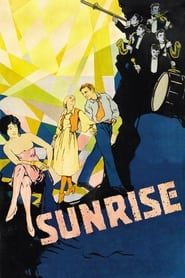 A married farmer falls under the...
A married farmer falls under the...Sunrise: A Song of Two Humans 1927
A married farmer falls under the spell of a slatternly woman from the city, who tries to convince him to drown his wife.
 The only surviving excerpt of a...
The only surviving excerpt of a...The Film in the Film 1924
The only surviving excerpt of a documentary on film production in Weimar Germany, featuring the different personalities of several famous directors of the era at work on the set including Fritz Lang, Robert Wiene, and E.A. Dupont.
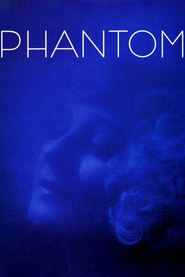 Lorenz Lubota is a city clerk...
Lorenz Lubota is a city clerk...Phantom 1922
Lorenz Lubota is a city clerk with no direction in life. One day on his way to work he is run over by a woman driving a chariot and he is immediately infatuated with her.
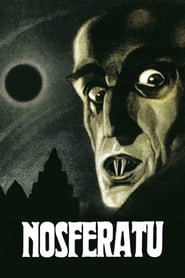 The mysterious Count Orlok summons Thomas...
The mysterious Count Orlok summons Thomas...Nosferatu 1922
The mysterious Count Orlok summons Thomas Hutter to his remote Transylvanian castle in the mountains. The eerie Orlok seeks to buy a house near Hutter and his wife, Ellen. After Orlok reveals his vampire nature, Hutter struggles to escape the castle, knowing that Ellen is in grave danger. Meanwhile Orlok's servant, Knock, prepares for his master to arrive at his new home.
 The sinister Count Oetsch scandalizes the...
The sinister Count Oetsch scandalizes the...The Haunted Castle 1921
The sinister Count Oetsch scandalizes the aristocratic social gathering at Castle Vogelod as he announces his intention to "crash" the festivities. Baroness Safferstätt is expected shortly, and the guests are well-aware of the rumors that Count Oetsch murdered the baroness' late husband. Oetsch refuses to leave, vowing that he will reveal the identity of the real killer. Before the weekend is through, the Count and Baroness will reveal secrets too shocking to be believed!
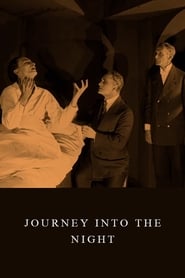 Dr Egil Brne an eminent physician...
Dr Egil Brne an eminent physician...Journey into the Night 1921
Dr. Egil Börne, an eminent physician, comes under the spell of an unscrupulous cabaret dancer and deserts his fiancée. The plot finds echoes throughout the Weimar period, including Sternberg’s The Blue Angel. Conrad Veidt appears in a supporting role as a sinister blind painter, whose entrance eerily presages Murnau’s Nosferatu. Der Gang in die Nacht, the earliest surviving film by F. W. Murnau, is also, paradoxically, the only Murnau film for which the original camera negative exists.
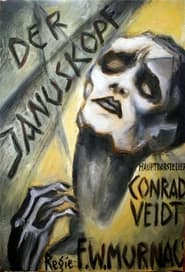 Two opposing characters are hidden in...
Two opposing characters are hidden in...The Head of Janus 1920
Two opposing characters are hidden in the person of the inconspicuous London gentleman Dr. Warren and Janus. Lost film.
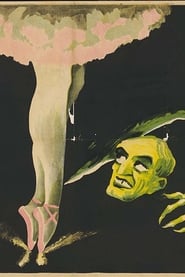 Wilton a hunchback who was always...
Wilton a hunchback who was always...The Hunchback and the Dancer 1920
Wilton, a hunchback, who was always scorned and ridiculed by women, returns from Java a rich man after having discovered a diamond mine. He romances Gina, who is on the rebound from a broken affair, and showers her with expensive gifts. After Gina reconciles with her boyfriend, she continues to see Wilton because of what he gives her. After he discovers her perfidy, Wilton develops a poison and mixes it into her lipstick, which will kill any man who kisses her. Lost film.
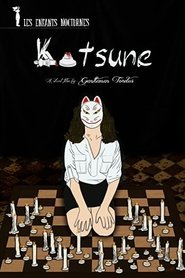 A man trapped in purgatory must...
A man trapped in purgatory must...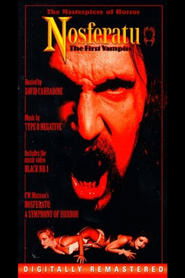 The horror classic Nosferatu remastered with...
The horror classic Nosferatu remastered with...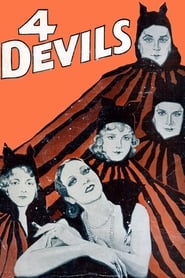 Four orphans raised by an aging...
Four orphans raised by an aging...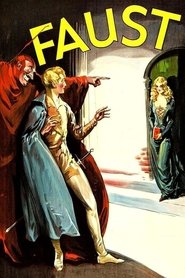 God and Satan war over earth...
God and Satan war over earth...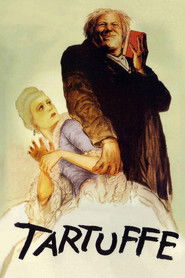 A young man shows his millionaire...
A young man shows his millionaire... An aging doorman after being fired...
An aging doorman after being fired...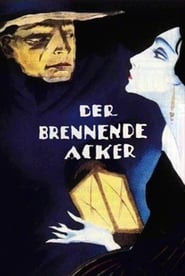 The film follows tells the story...
The film follows tells the story...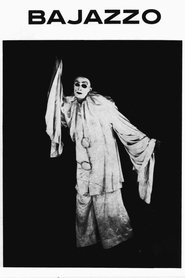 A young Russian dancer in Geneva...
A young Russian dancer in Geneva...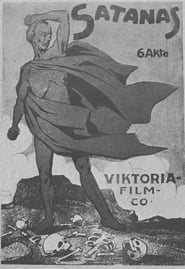 A threepart historical film the first...
A threepart historical film the first...